Making History by Participating in the Rett Natural History Study
Written by |
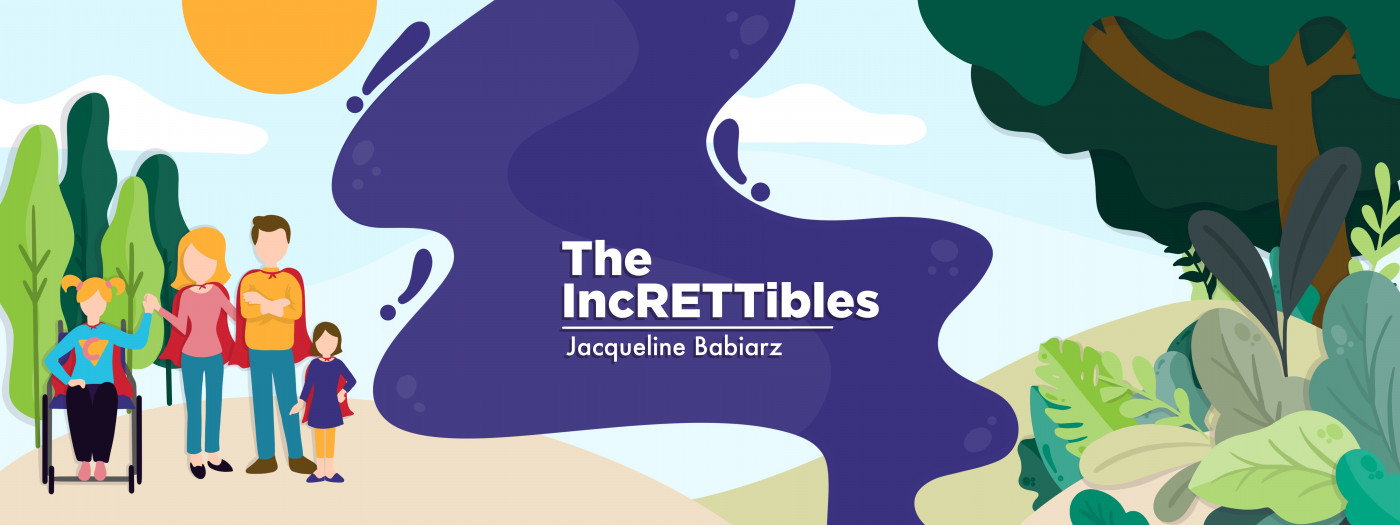
Three months after my daughter Cammy was diagnosed with Rett syndrome at age 2, we had the unique opportunity to participate in the International Rett Syndrome Foundation’s Natural History Study (NHS), the most comprehensive study of Rett in the world.
The 15-year study collected data on more than 1,000 people from 2006 to 2021 to help researchers identify disease patterns, improve clinical trials, and inform primary care physicians about treatment plans.
After joining the study, participants were asked to attend clinic visits twice a year until the study’s completion this summer. As the study expanded, multiple clinic sites became available across the U.S.
When we joined in 2011, we were fortunate to have a site less than 30 miles away, at the Rush University Medical Center in Chicago. At the time, many families had to travel from other states.
We had the chance to meet these Rett families face to face, when previously we had communicated only via Facebook. This was the first time we saw another person with Rett syndrome, let alone observe dozens of young people with a wide range of Rett characteristics.
We were shocked to see some girls walk, since Cammy couldn’t even crawl. One even walked up to us, waved, and said, “Hi.” Tears of joy flowed down my face as I replied, “Hi,” and introduced our family.
The study also provided families like ours with an opportunity to meet one-on-one with leading specialists. It felt comparable to meeting a rock star or a professional athlete. We prepared pages of questions posed by Cammy’s doctors, therapists, and us.
“What did Cammy’s mutation mean?” “Was she almost done with her regression?” “What is the latest research?” “Which physicians should she see regularly?”
The Rett experts took their time and answered all of our questions. They were gathering information as well.
In the waiting room, we would fill out questionnaires regarding seizure activity, motor skills, behaviors, and medical history. When we met one-on-one with a Rett doctor, they assessed Cammy’s strength, use of her hands, and eye contact. In another room, a dietitian measured her height, weight, and body mass index and discussed nutrition with us. A neurologist inquired about her seizure activity and described the different types of seizures common in Rett.
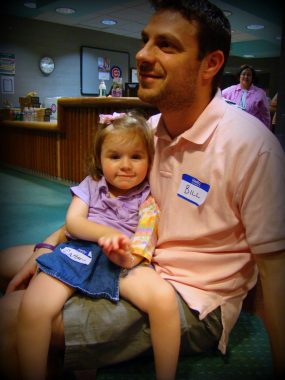
Cammy and my husband, Bill, at our first Natural History Study clinic visit in 2011. (Photo by Jacqueline Babiarz)
We attended clinic visits every spring and fall until late 2015, when Cammy joined another clinical trial and was unable to continue with the NHS.
Being part of this study meant being part of history. Cammy helped advance Rett research.
Participating in the NHS changed our outlook. It helped us better understand Rett, and we gained medical advice, connections, and plans. We learned about future clinical trials. We created many friendships and support systems.
Above all, the study gave us hope.
***
Note: Rett Syndrome News is strictly a news and information website about the disease. It does not provide medical advice, diagnosis, or treatment. This content is not intended to be a substitute for professional medical advice, diagnosis, or treatment. Always seek the advice of your physician or other qualified health provider with any questions you may have regarding a medical condition. Never disregard professional medical advice or delay in seeking it because of something you have read on this website. The opinions expressed in this column are not those of Rett Syndrome News, or its parent company, Bionews, and are intended to spark discussion about issues pertaining to Rett syndrome.




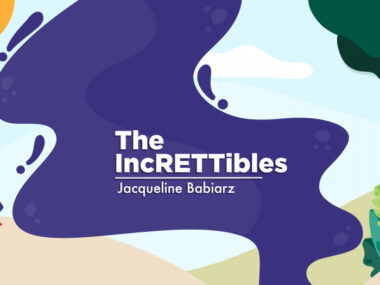
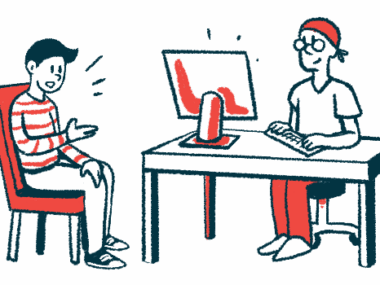
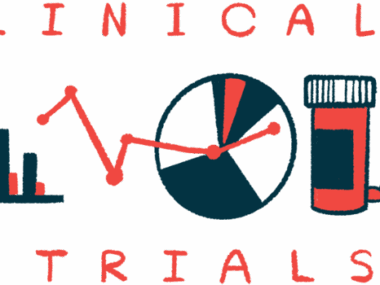
Beth allen
My granddaughter was just diagnosed with Rett Syndrome. I'm so grateful I happened upon this website! I know there is a wealth of information among others who are dealing with this Syndrome.
Jackelyn Siahon
I have a daughter with Rett Syndrome.She was diagnosed at the age of almost 3yrs old and now she is 10yrs old.
I'm hoping that we can be part of this study being conducted with this very rare disease - Rett Syndrome, inorder for us to be updated about the latest approach, medicines, therapy to help better our precious daughter.
We are from the Philippines and I kept on praying that miraculous healing will be upon our precious daughter.
Stay safe and GOD bless us all.
Hyper Polish Domains
I like this web blog very much so much fantastic information.
https://xmc.pl